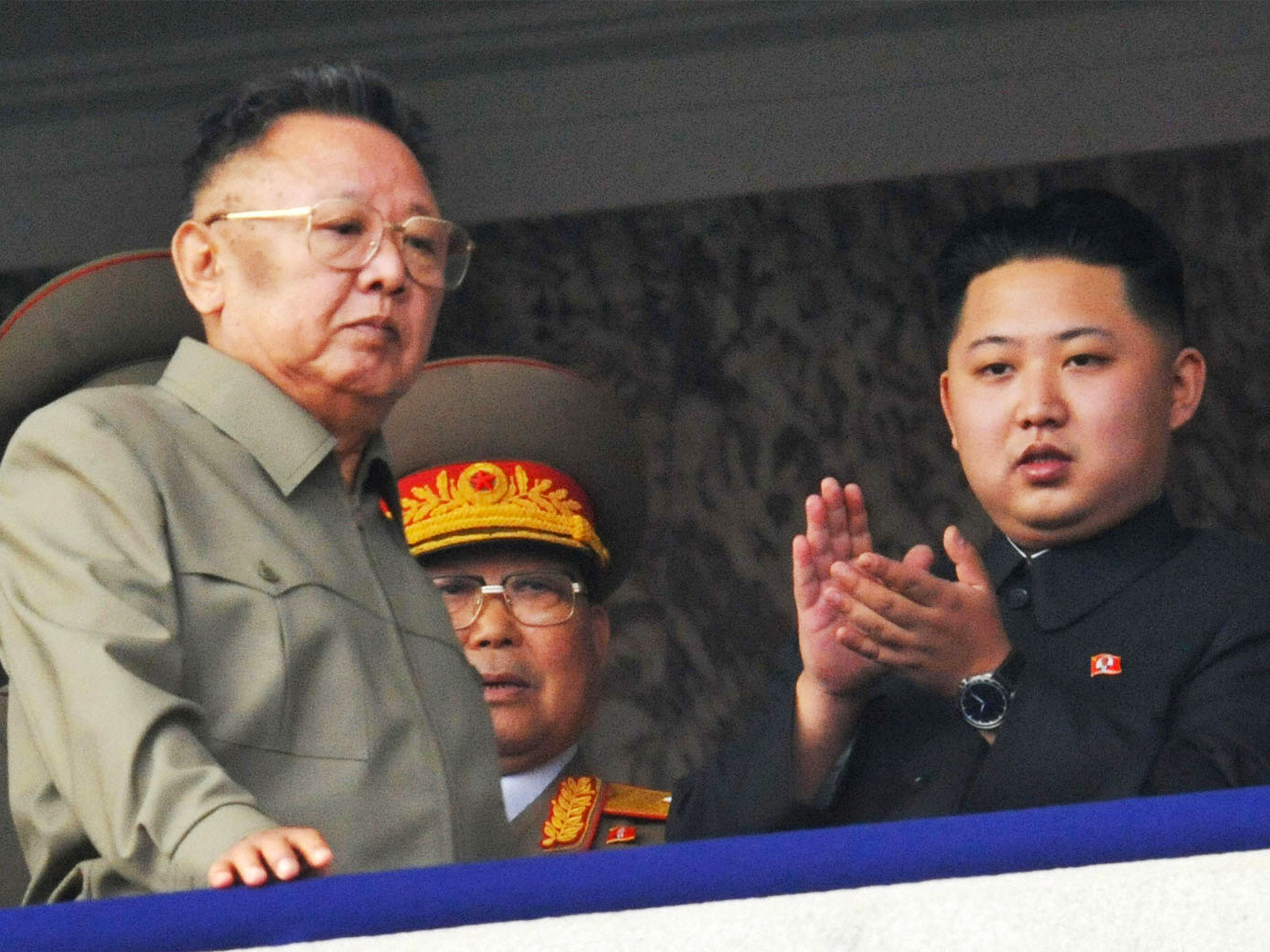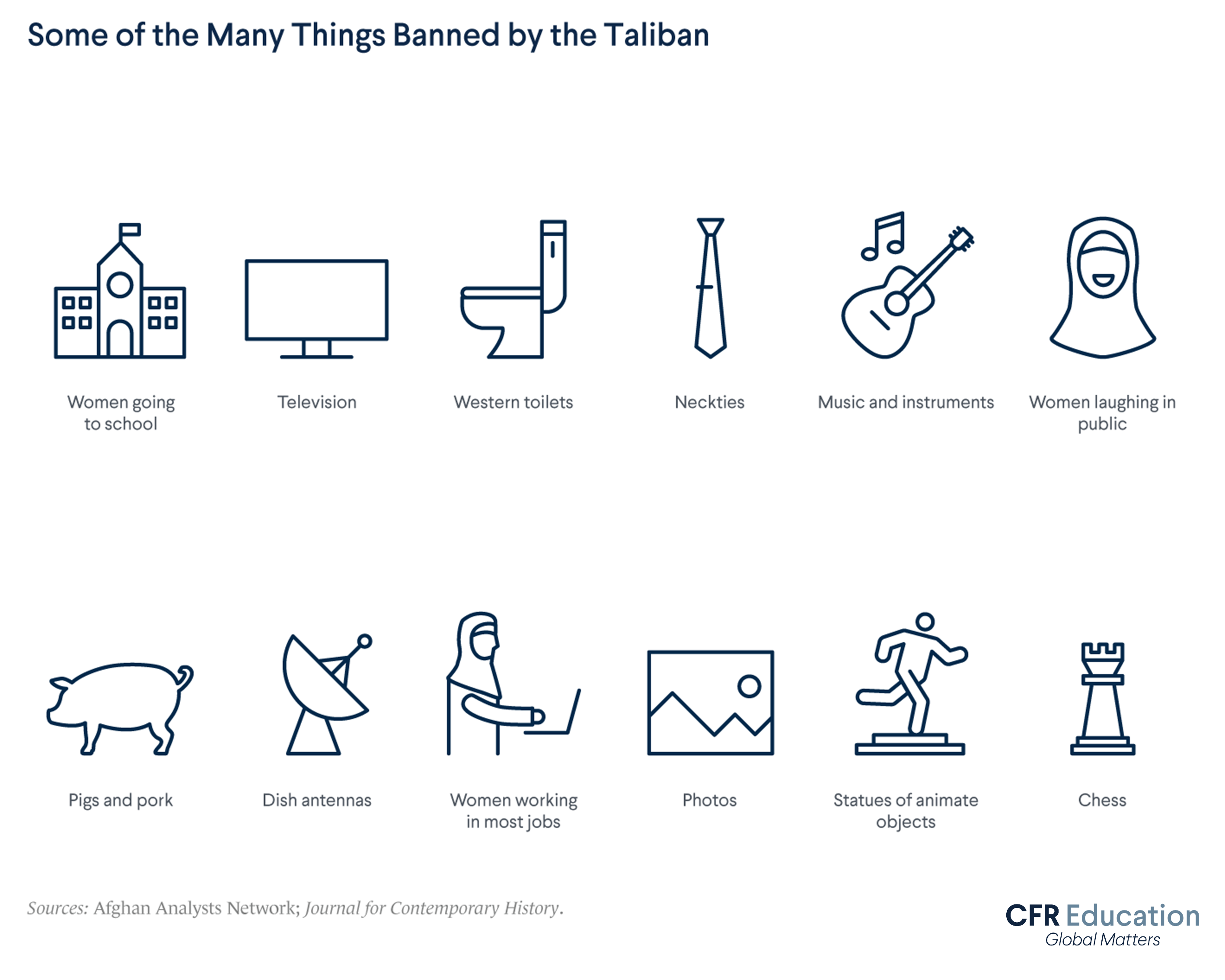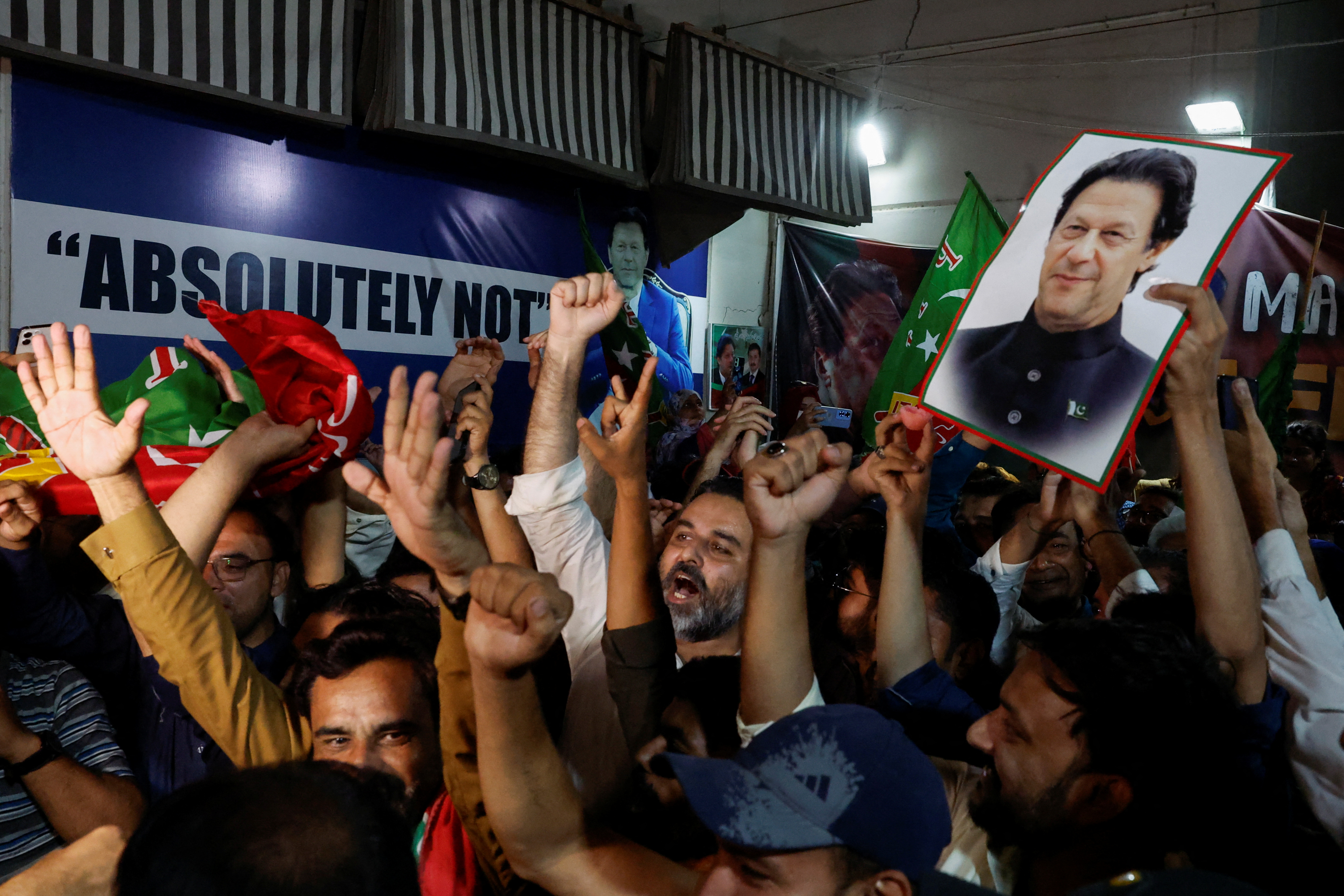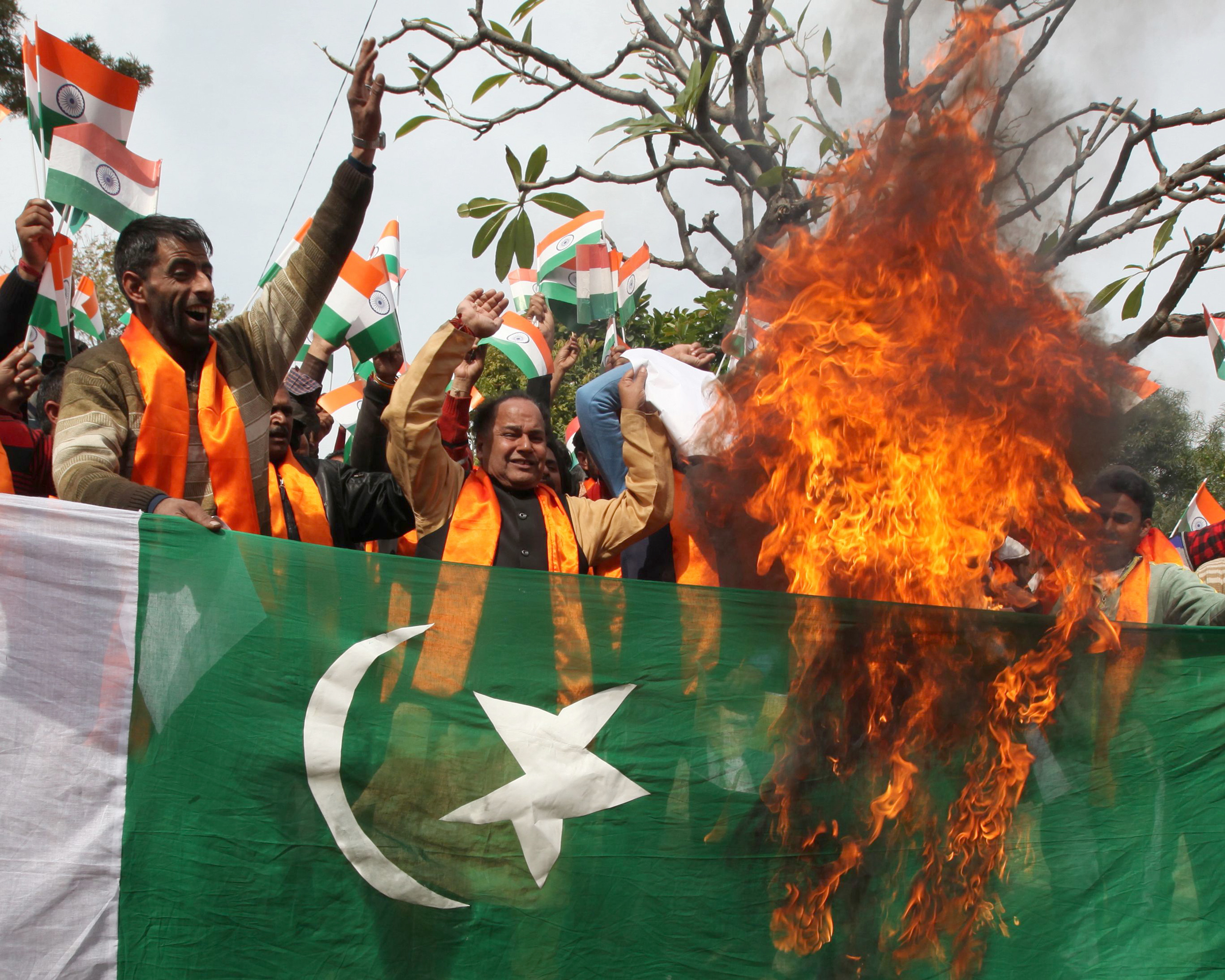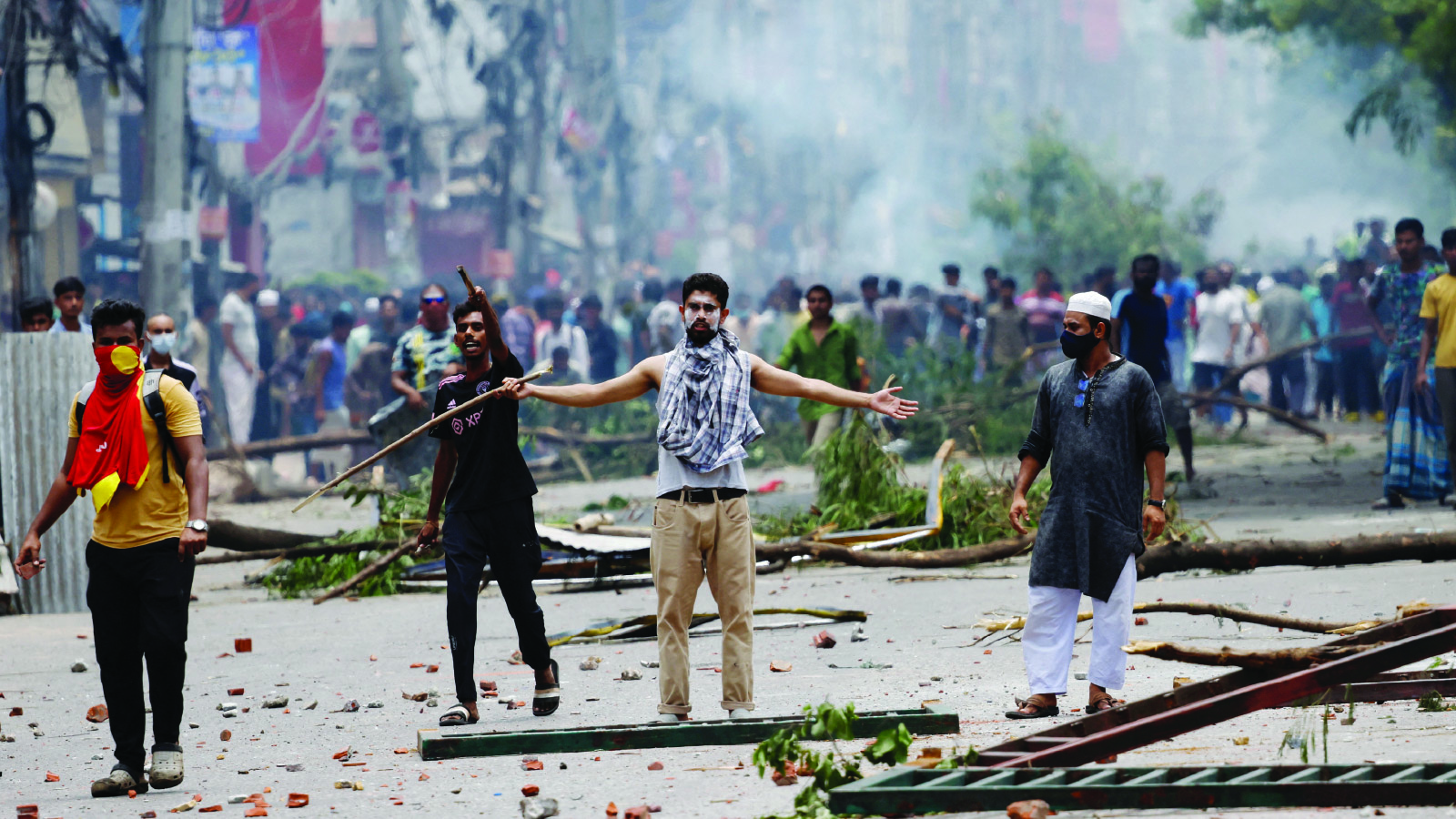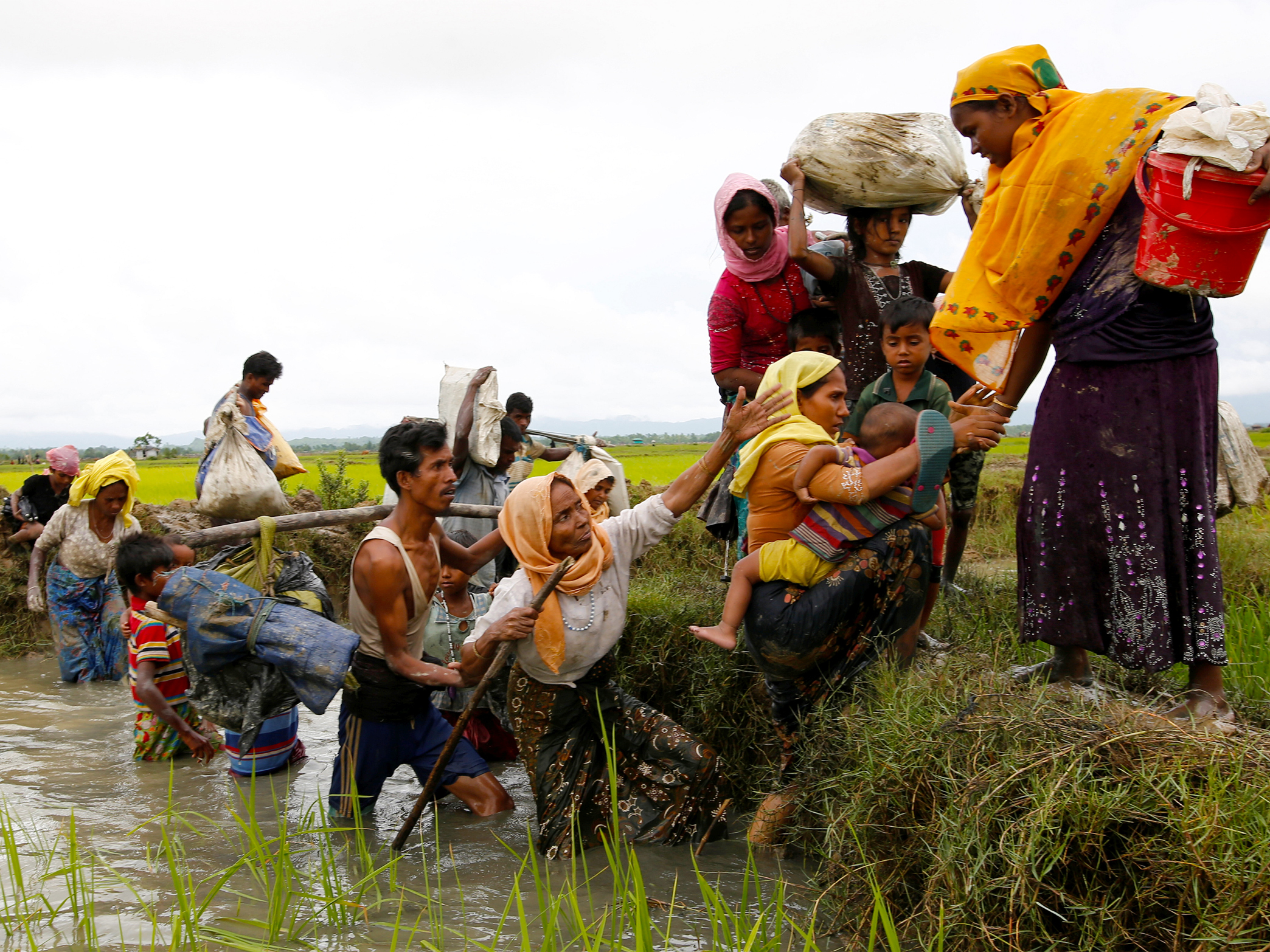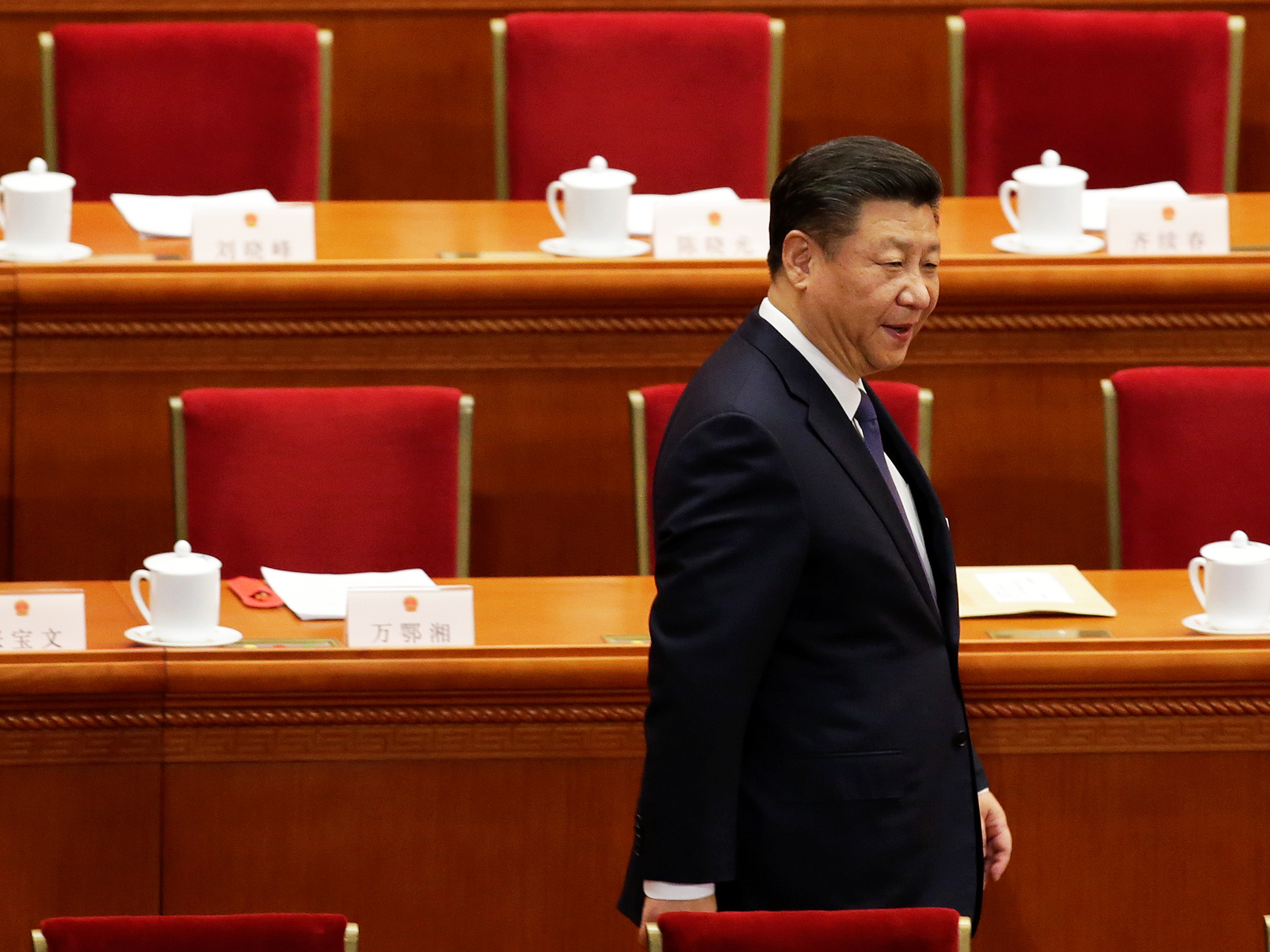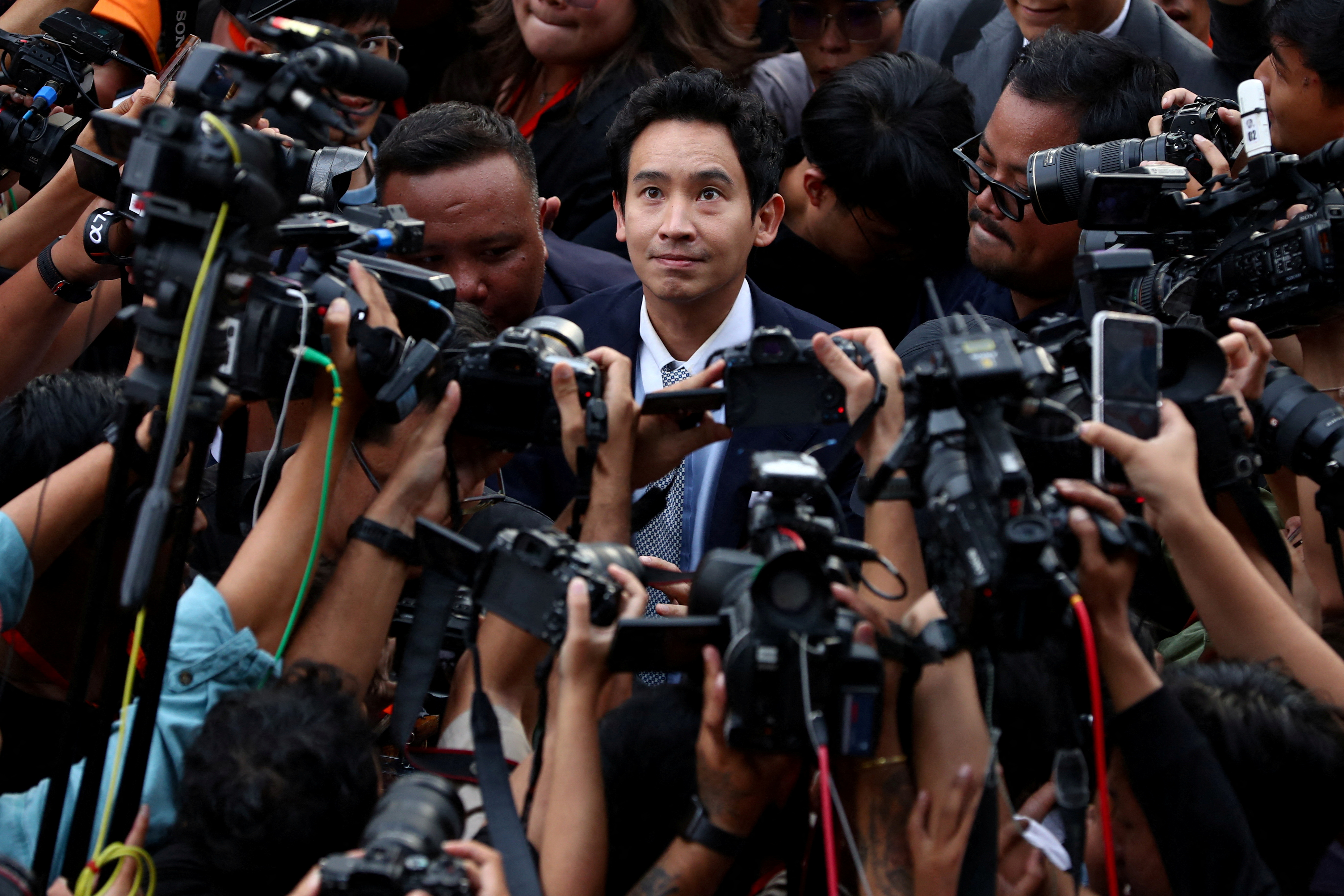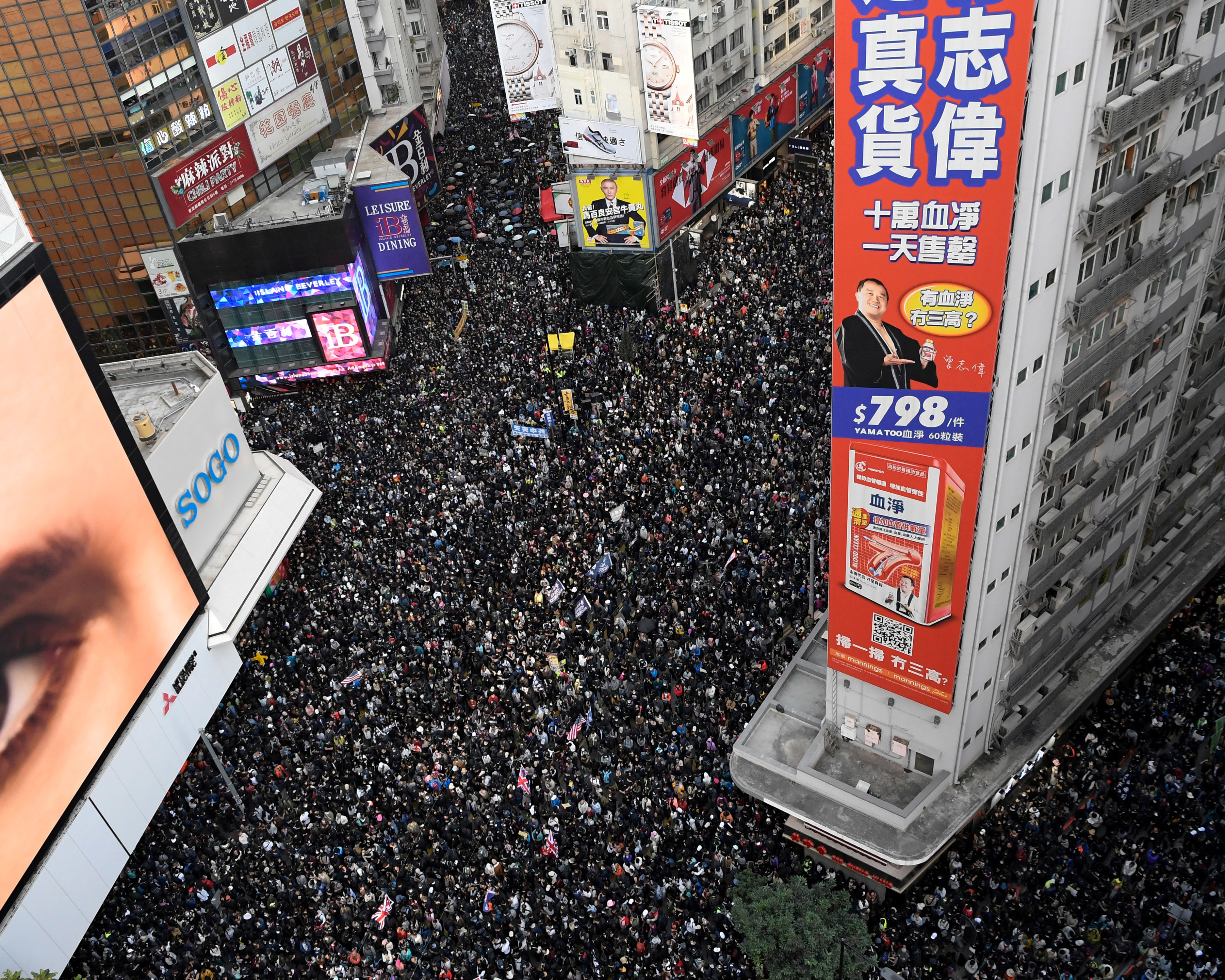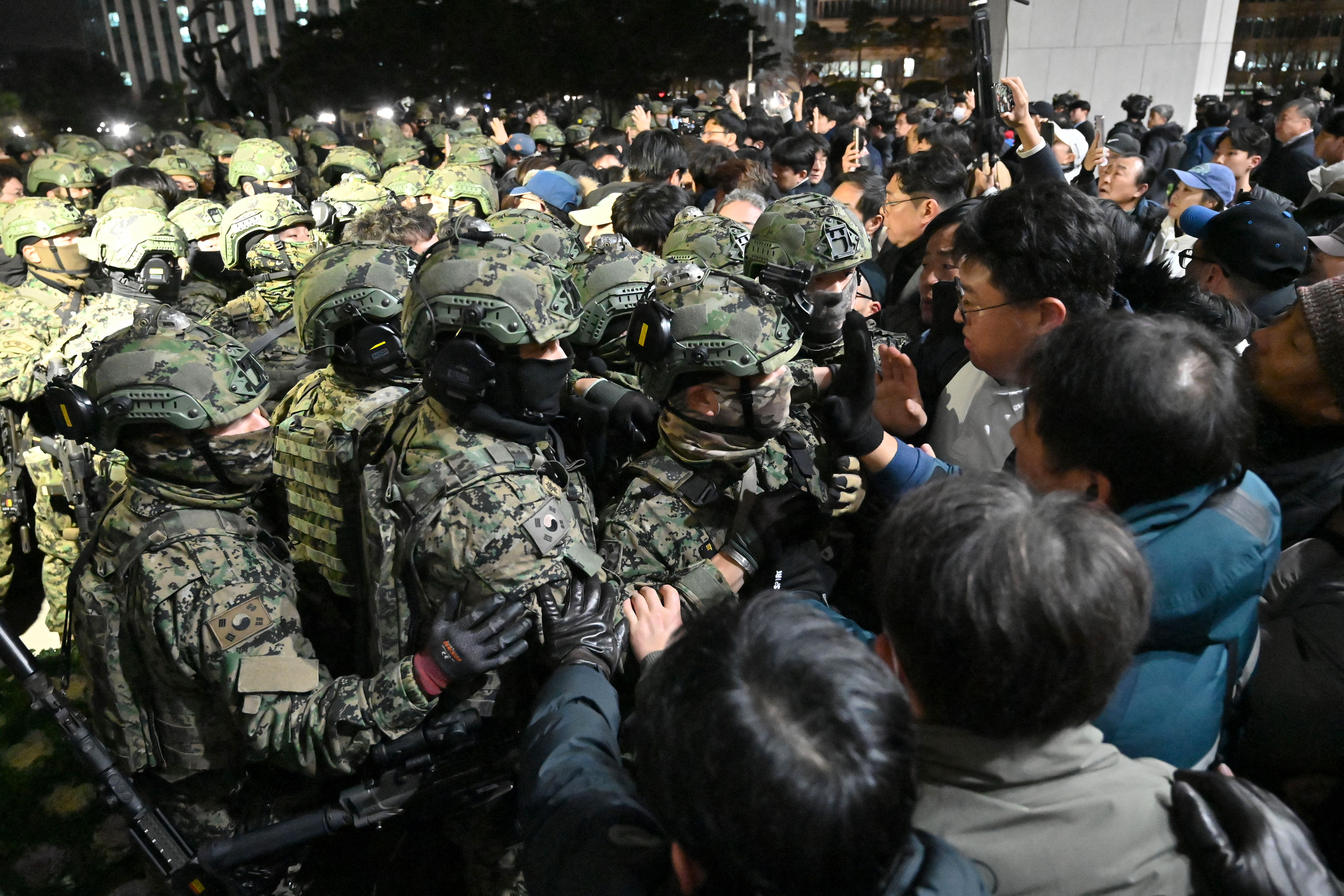National Politics: Asia
Asia comprises over thirty countries, representing nearly every type of modern government—from giant democracies to the world’s most authoritarian regimes.
South Asia is home to the world’s largest democracy: India. Over six hundred million people voted in the country’s most recent elections.
India is not an exception in Asia. In fact, some of the world’s most successful democracy stories come from this region: South Korea and Taiwan transitioned from military dictatorships to vibrant democracies in the 1990s, and millions there participate in free and fair elections.
But large democracies do not necessarily translate into healthy democracies. In India, corruption and a rising trend of religious nationalism threaten the country’s democratic and secular foundations. Next door, Pakistan—nominally a democracy—struggles to balance power between elected civilian leaders and the country’s military and intelligence agency.
In East Asia, these trends are even more extreme. Democracies in the Philippines and Thailand, for instance, are backsliding, as their leaders impose restrictions on free press and punish political opponents. Other governments in the continent, like Central Asia’s Tajikistan and Turkmenistan, are mostly autocratic. Some leaders there have ruled for over a decade by locking up political dissidents and leaving no room for civil liberties like freedom of speech and freedom of the press.
The region’s most powerful country, China, has also faced criticism for its crackdown on civil liberties. China has expanded internet censorship and surveillance systems, eroded Hong Kong’s democracy, and forcibly detained over one million Muslims in so-called reeducation camps.
And then there’s North Korea, one of the most repressive governments in the region and the world. In North Korea, 90 percent of television airtime is devoted to propaganda. North Korea also practices widespread surveillance and imposes violent punishments for opposition.
Asia is thus a diverse political region. In other words, no single principle tells the story of the whole. Instead, one must look at each country on their own terms.
Here are ten stories of current political dynamics shaping Asia—and how they affect national politics in ten regional countries.
Afghanistan: Women Endure Renewed Oppression
In August 2021, American troops left Afghanistan, ending a two-decade-long presence there. In their wake, the Taliban—an Islamist fundamentalist group that had controlled the country prior to the U.S. invasion—retook control. At first, the Taliban promised to respect women’s rights, encouraging women to work and attend school. But those words proved hollow. The Taliban have since reinforced morality rules that had been in place before the invasion. By law, women must now abide by strict dress codes, have a male guardian, and be separated from men in public spaces. Women are also banned from attending secondary schools. (Without women in higher education, Afghanistan’s economy is projected to lose $9.6 billion by 2066.) Taliban gender policies are, therefore, some of the most discriminatory in the world. (Religious minorities, journalists, and LGBTQ+ people are also subject to harsh punishment under newly formed laws.) These laws have led to increased levels of gender-based violence, forced child marriages, and suicides among women. Despite these conditions, some Afghan women continue to resist—organizing street protests, wearing banned colorful dresses, and even confronting the Taliban directly over changes to the law.
Pakistan: Military vs. Democracy
In Pakistan, the people elect the politicians, but the country’s military holds the real power. The military’s intelligence agency, known as the Inter-Services Intelligence, is particularly influential: it has consistently manipulated elections and staged coups under the pretext of protecting the country’s national interests. This, in turn, has eroded the public’s faith in its democratic institutions in addition to rampant corruption and frequent scandals. In February 2024, voters pushed back. Despite election interference by the military—including the jailing of Pakistan’s main opposition leader, Imran Khan—Pakistanis overwhelmingly voted for independent parliamentary candidates—those not backed by the military. The result has been an ongoing struggle between Pakistan’s traditional military-supported parties and this growing opposition. This tense civil-military relationship has made Pakistan unpredictable and a difficult partner for countries such as the United States, which has distanced itself from Pakistan in recent years, partly due to its growing authoritarian tendencies.
India: A Vast Democracy Faces Questions of Identity
India is often called the world’s largest democracy, with over nine hundred million eligible voters. Compared to the United States, which has just two parties in Congress—and a handful of independent members—India has more than forty parties with seats in its parliament and nearly three thousand registered—though not necessarily officially recognized—parties vying for representation. In recent years, national identity has emerged as a foreground issue for this vast democracy. Early Indian governments passed laws to protect minority rights and protect a multicultural and secular Indian society, but critics of this multicultural view have gained power in recent decades. Hindu nationalists believe the government should prioritize the interests of Hindus, who make up 80 percent of the Indian population. After sweeping elections in 2019, pro-Hindu nationalist lawmakers enacted a range of controversial policies toward the country’s Muslims, including revoking the longstanding autonomy of Kashmir, a majority Muslim region, and passing a law making it easier for non-Muslim immigrants from certain countries to become citizens. In India’s most recent election in 2024, although Modi and his Hindu nationalist party remained in power, they were unable to secure a majority of seats in parliament. That means Hindu nationalist policymakers may need to compromise on some of their hardline positions in order to pass legislation.
Uzbekistan: Reformist Rhetoric Masks Continued Repression
Since gaining independence after the fall of the Soviet Union, Central Asian leaders have left little room for political dissent or activism in their countries. Opposition politicians have faced intimidation or imprisonment, and protest movements have quickly met force. Things seemed different in 2016, when a new president, Shavkat Mirziyoyev, took office in Uzbekistan. The new government initially introduced reforms aimed at opening up society. These included economic liberalization, easing censorship, and steps to reduce corruption. However, political reforms have lagged behind, with recent developments raising concerns about democratic backsliding. In 2023, a constitutional referendum extended the president’s terms and reset the term limit, allowing Mirziyoyev to potentially stay in power until 2037. While the government claimed these changes were part of an effort to build a “New Uzbekistan,” the process lacked genuine political competition. In fact, the government has continued to jail thousands of people for political or religious reasons despite its reform rhetoric. In 2021, the government even introduced a law that made it illegal to insult the president.
Bangladesh: Students Demand Change
Bangladesh has ridden a roller coaster of political changes in recent years. The country’s once-vibrant democracy gave way to single-party rule in the 2010s as the government arrested journalists, restricted free speech, and silenced political dissent. In June 2024, however, students took to the streets in peaceful opposition to government policies. Initially, their main grievance was a job quota system that favored supporters of the ruling political party. The government responded with force, shutting down internet access, deploying the military, and arresting thousands of protestors. Then things turned deadly. The government gave shoot-on-sight orders, authorizing police to kill anyone violating a newly instated curfew. In less than a month, at least six hundred people were killed and thousands injured. Despite the government’s attempts to silence protestors, the movement gained momentum, widening its initial aims to demand fair elections and accountability for the regime’s human rights violations. As a result, Bangladesh's prime minister resigned and fled to India. In the aftermath, an interim government has taken control while it arranges for new elections.
Myanmar: Military Coup Unravels Nation
In 2017, the military launched a campaign against a Muslim ethnic minority known as the Rohingya. Claiming to be acting in the interests of national security, the military committed acts of genocide against the Rohingya, killing tens of thousands of people and forcing more than one million to flee the country. World leaders sharply criticized Myanmar’s government for condoning the military’s actions. In February 2021, the military took over, deposing the democratically elected government. Since then, security forces have violently repressed citizen protests and armed opposition forces, plunging the country into a bloody civil war. The war has led to an ongoing stalemate between pro-democracy forces and the military. Today, Myanmar remains in violent political turmoil, as hopes for democratic return are eclipsed by the humanitarian emergency. According to the United Nations, about one-third of Myanmar’s population—more than eighteen million people—requires humanitarian assistance. Over 2.6 million people have been displaced. The military takeover has also worsened the ongoing persecution of minority groups like the Rohingya.
China: Xi Expands Beijing’s Influence Abroad, Tightens its Grip at Home
Few of today’s world leaders loom larger than China’s Xi Jinping. Since coming to power in 2012, he has dramatically changed his country through several signature policies. Under Xi, China has continued to expand economically, built military bases in the disputed South China Sea, embarked on an ambitious global infrastructure project called the Belt and Road Initiative, and introduced a plan for China to become the leader in technologies like artificial intelligence. At home, Xi has overseen an aggressive and controversial anticorruption campaign; increased internet censorship and domestic surveillance; planned a national system of “social credit,” which will reward and punish monitored citizen behavior; and persecuted minorities such as the Uyghurs. In March 2018, the Chinese government removed its constitutional limit on presidential terms, paving the way for Xi to remain in power indefinitely.
Thailand: A New Party Challenges the Old Monarchy
Officially, Thailand is a constitutional monarchy. The king serves as the head of state, though a parliament holds formal power. The parliament is partially elected and partially appointed by the military, meaning pro-establishment parties generally have an advantage. Even when opposition parties do well in elections, Thai courts have suspended leaders or dissolved parties altogether. In 2023, the progressive Move Forward party promised reforms to the monarchy and military. These included eliminating military conscription, repealing laws against criticizing the king, and even rewriting Thailand’s military-drafted constitution altogether. The party was popular and won the majority of seats during that year’s election. However, pro-establishment politicians blocked the party from appointing a prime minister. In 2024, the court then disbanded the party, claiming its free speech reforms constituted attempts to overthrow the monarchy. The move drew international criticism from the United States, the European Union, and human rights groups. Shortly after the court ruling, the Move Forward’s members formed a new party, the People’s Party. Its leaders vow to continue their fight for reforms.
Hong Kong: Democracy Under Threat
When the United Kingdom returned Hong Kong to China in 1997 after more than one hundred years of British rule, China implemented a “one country, two systems” policy. Hong Kong became part of China and, in return, Beijing promised to allow Hong Kong to keep its democracy, freedom of speech and press, and distinct culture for at least another fifty years. But Hong Kongers have accused China of trying to erase their identity through a “mainlandization” campaign—promoting Mandarin Chinese over the native Cantonese dialect and building giant infrastructure projects linking Hong Kong and the mainland. More worrying, many Hong Kongers accuse China’s Communist Party of eroding Hong Kong’s democracy by making it easier for pro-Beijing politicians to run for office. Such interference has allowed politicians to pass policies such as a recent national security bill in 2024, which critics worry allows the government to further crack down on speech and dissent in the name of “security.” Some see it as evidence of Beijing’s tightening grip in Hong Kong.
South Korea: Protests Defend Democracy
South Korea’s vibrant democracy, where people can assemble and protest freely, stands in stark contrast to its northern neighbor—North Korea and its oppressive dictatorship. This democratic energy has been on display multiple times in recent years. In 2016, South Korea’s president, Park Geun-hye, was accused of several instances of corruption, including accepting bribes, changing university admissions policies to help the daughter of an advisor, and blacklisting academics deemed anti-government. Millions poured out into the streets to demand the president’s resignation, lighting candles to symbolize their anger. Ultimately, the so-called Candlelight Revolution succeeded, and Park was impeached. Then in 2024, after President Yoon Suk Yeol unexpectedly declared martial law to eliminate “anti-state” forces, South Koreans once again took to the streets. Protesters blocked soldiers trying to enter parliament, where the country’s lawmakers unanimously rejected the martial law order. Faced with such a forceful rejection from the country’s parliament and population, Yoon gave in and lifted the martial law order. He was shortly impeached, then subsequently arrested and indicted for leading an insurrection.
